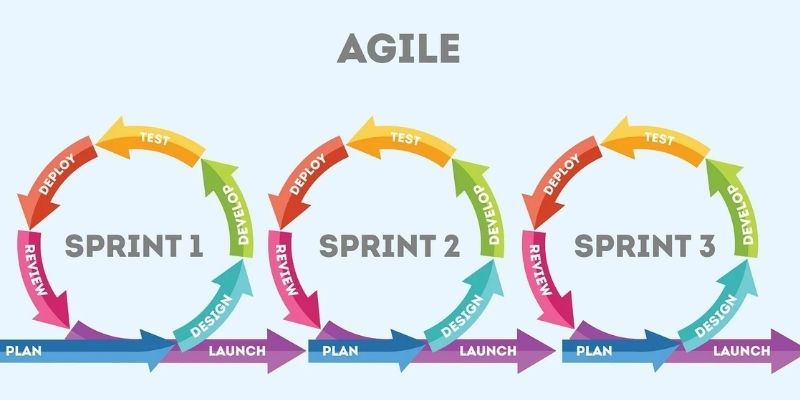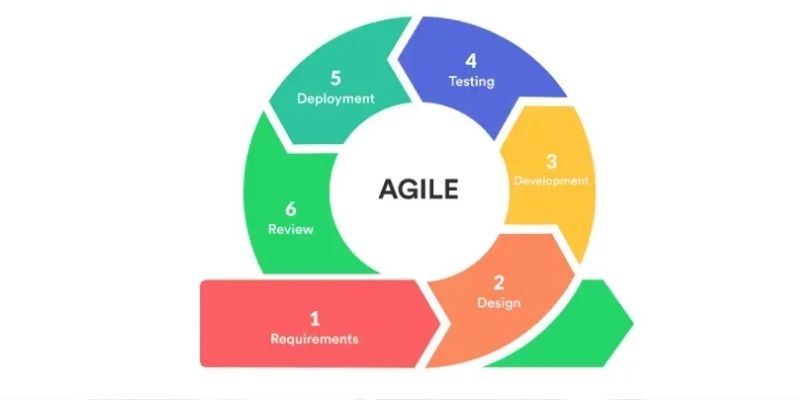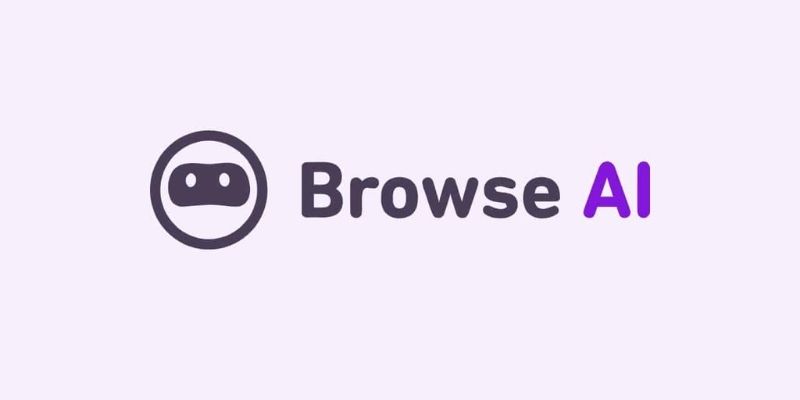Agile Methodology Explained: A Complete Guide
Advertisement
In today's fast-paced environment, software development must adapt to company and consumer demands. Agile project management has made collaboration and flexibility simpler, changing project management. Agile thinking promotes change, consumer interaction, and incremental progress. This book details Agile, its methodologies, and how it may help organizations and teams produce better products faster.

The agile method?
Agile project management and software development need iteration and deployment of tiny, functioning product segments. Instead of rigid approaches, agile emphasizes flexibility, cooperation, and change throughout the project. Agile splits a large project into smaller, simpler jobs that are accomplished in short, timed "sprints."
Agile is based on the 2001 Agile Manifesto, developed by software developers to improve linear development. Agile methodologies are described using four basic principles and twelve rules. People and connections are more essential than procedures and technology, usable software than extensive instructions, customer participation over contract negotiation, and flexibility over preparation. These concepts emphasize customer value and adaptability in today's fast-paced corporate landscape.
Agile Manifesto and Principles
The Agile Manifesto governs agile teams and enterprises. It emphasizes teamwork and flexibility in software development. The statement states that Agile has four primary concepts and twelve minor aspects. Agile prioritizes people and connections above procedures and technology. They also prioritize functional software over elaborate documentation, client interaction over contract negotiations, and flexibility over adhering to a plan. These principles promote a flexible, customer-focused software development process that prioritizes customer demands.
The document's twelve principles explain Agile teams. Some include providing working software often, being open to changing demands, maintaining a steady pace, and encouraging business stakeholders and engineers to collaborate. To develop high-quality products and accelerate growth, foster collaboration and flexibility.
Agile frameworks and methodologies
The Agile Manifesto discusses concepts and attitudes, not tools or procedures. This allows you flexibility, and Agile models and methodologies have emerged to implement these ideals. Scrum, Kanban, XP, and Lean are popular Agile models. Scrum is a popular Agile approach. Work is divided into two- to four-week sprints. Teams produce features or skills every sprint. In Scrum, the product owner sets objectives and represents customers, while the Scrum Master solves issues fast and simply. Scrum's daily stand-up meetings (or "daily scrums"), sprint reviews, and retrospectives keep the team on track and improve the process.
Kanban is another popular Agile strategy that emphasizes flow and release. Kanban manages work continuously, whereas Scrum employs "sprints." Kanban boards identify tasks as "To Do," "In Progress," and "Done." Kanban restricts WIP so teams don't become too busy and complete projects before beginning new ones. Jobs with unpredictable steps benefit from this strategy.
The agile technique Extreme Programming (XP) emphasizes engineering to improve software and adapt to changing demands. XP uses pair programming, TDD, and CI to create high-quality code rapidly. Regular releases of modest product stages allow teams to swiftly collect feedback and make improvements. Projects with high uncertainty and change benefit from XP.
Lean production-based methods reduce waste, speed up production, and provide consumers with value immediately. Lean eliminates non-value-added tasks and streamlines operations. Lean teams prioritize MVP delivery to obtain feedback and make adjustments.
Important Agile rituals and practices
Agile methodologies let individuals collaborate, be adaptable, and finish fast. These methods keep teams engaged, aligned, and improving throughout production. Agile approaches emphasize iterative development, scheduling, and constant feedback. Iterative creation is agile. Agile teams develop user stories and deploy working software after each version. Feedback helps the team make improvements based on real-world and customer needs. Versions improve and develop the product.
Another key aspect of Agile is backlog management. The product backlog prioritizes features, upgrades, and repairs. Product owners prioritize tasks on this list. Stakeholder feedback, consumer feedback, and team performance update the list. Daily scrums keep the team on track. Team members discuss accomplishments, concerns, and objectives in these 15-minute sessions. Daily stand-ups help identify and address issues fast.
Sprint reviews and retrospectives are essential after each sprint. Stakeholders observe the working product and provide input during sprint reviews. This helps the product meet client needs and allows modifications. In the sprint review, the team discusses what worked and what didn't and how to improve the next sprint. Continuous feedback helps individuals develop and be adaptive.
Agile Methodology Benefits
Project-based areas like software development embrace agile because it benefits organizations and teams. Agile improves flexibility, speed to market, collaboration, and customer service. Agile teams may create working software in weeks using continuous development. Businesses may deploy goods and services faster, giving them a competitive advantage. Teams may prioritize features by splitting projects into smaller, more manageable assignments. This lets buyers use the goods right away.
Agile encourages adaptability. Team members should adapt to changes throughout the project. Agile teams can swiftly adapt products to customer and market demands. Pivoting keeps things current and meets client demands. Agile simplifies team, stakeholder, and customer collaboration. Daily stand-ups, speed reviews, and retrospectives keep everyone on track. Together, we can avoid misunderstandings and identify issues early, making the task simpler.
Better product quality is another Agile advantage. Agile's emphasis on testing, feedback, and modification ensures software fulfills client requirements. Continuous integration (CI) and test-driven development (TDD) uncover issues early, improving quality.

Implementation issues with agile
Agile has perks and downsides. Agile requires major adjustments in thinking, working, and doing. Change resistance, knowledge gaps, and scalability issues make agile adoption tougher. Agile's toughest challenge is overcoming resistance to change. Traditional project teams may be cautious of Agile. Leadership, training, and clear Agile benefits information are needed to overcome this opposition. Agile implementation is difficult without team and stakeholder buy-in.
Another issue is Agile ignorance. Agile requires expertise, notably Scrum and XP. Inexperienced teams may struggle with Agile and make errors that harm the project. Teams require training and mentoring to grasp Agile concepts. Big companies find Agile growth difficult. Agile works well for small teams but requires careful preparation and coordination for larger ones. SAFe and LeSS (Large Scale Scrum) may help firms expand Agile, but they must modify their structures and methodologies.
Conclusion
Agile project management enhances teamwork speed and quality. Continuous development, collaboration, and change enable agile teams to achieve client demands. Agile implementation is difficult, particularly when there is unwillingness to change and a lot of labor, but the benefits outweigh the drawbacks. Agile's emphasis on adaptation, cooperation, and progress helps firms succeed in today's fast-paced, ever-changing environment.
Advertisement
Related Articles

Top Webinar Platforms That Make Hosting Events Easy

Evernote Vs. OneNote: Best Note-Taking App for 2025 Use

Discover Top 10 Simple Ways to Save Your Google Docs Directly to Dropbox

Everything You Need To Know About Trello Cards and Slack Messages

Avidemux – The Complete Tutorial and Review for Beginners

Customer Portals Explained: What They Are and How They Work

8 Easy-to-Use WebM Recorders for Windows PC Users

Yahoo Mail vs. Gmail: A Simple 2025 Comparison

How You Can Spoof or Send Fake Text Messages for Free

Browse AI: How to Scrape Any Website Without Writing Code

Trello vs. Monday for Smarter Project Management in 2025

 novityinfo
novityinfo